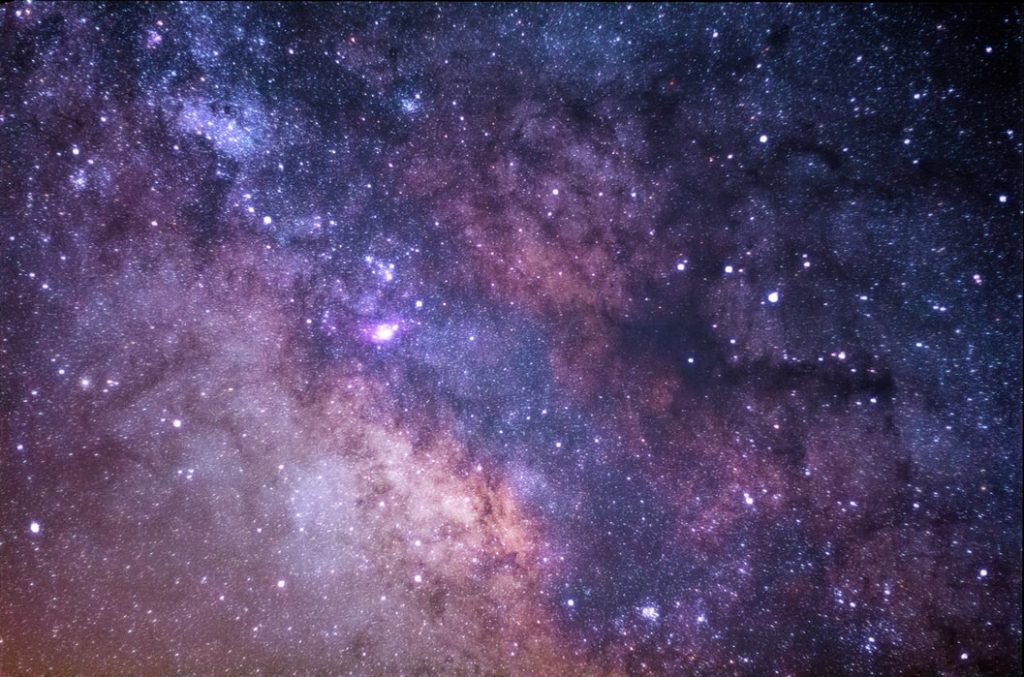Observations of red giants may confirm 50-year-old theory
When low-mass stars, such as the Sun, are about to burn out, they swell and become red giants – a phase in the life of Sun-like stars before they collapse and, slowly cooling, turn into white dwarfs. For half a century, astrophysicists around the world have theorized that the phase as a red giant ends with a huge bang inside its core. This phenomenon is called a “helium core flash,” and despite the theory that these flashes have existed for a long time, no observations to confirm this phenomenon have yet been made. Now, a new study has observed activity from previous red giants that may lead to the first-ever observations of a helium core flash. Behind the study, which was recently published in Nature Astronomy Letters, is an international research team, including Jørgen Christensen-Dalsgaard, professor and head of center at the DNRF center SAC.

When the Sun and similar stars have used all the hydrogen in their core, they will inflate and turn into a red giant star. However, the condition as a red giant is temporary, and researchers from all over the world have long held the theory that this phase will end with an explosion in the core of the star – a phenomenon called a “helium core flash.”
Though the theory has existed for 50 years, no sign has been observed to confirm this phenomenon, but now a research study provides new hope for helium core flashes to be observed and for the theory to be confirmed. Behind the research is an international research team, including Professor Jørgen Christensen-Dalsgaard, the head of center at the DNRF’s Stellar Astrophysics Centre (SAC), at Aarhus University. Here the research team specializes in the study of stellar movements, which cause fluctuations in the stars’ luminosity. These fluctuations are called stellar oscillations or asteroseismology.
A helium core flash results in powerful stellar oscillations that begin with a strong discharging of energy followed by a series of weaker discharges that are sent through the star for a couple of million years.
The reason why helium core flashes have not been observed is primarily that the surface of red giant stars is normally covered by a thick layer of hydrogen that muffles and absorbs the waves. In that way, astronomical instruments cannot capture the fluctuations and distinguish them from normal surface activity.
However, in the new study, researchers tried to avoid this problem by calculating observations from a type of star called Sub-dwarf B. These stars are previous red giant stars that, for some yet unknown reason, have lost their thick layer of hydrogen. Therefore, powerful measuring instruments from telescopes can see directly into the core of the star, as the remaining layer of hydrogen is not thick enough to muffle the fluctuations from these helium core flashes. Concretely, this means that helium core flashes could be detected by large telescopes, such as NASA’s TESS, in the shape of small variations in its observations of the luminosity of this type of star.
”This study provides the first observational information about the very complex processes predicted by stellar models at the ignition of helium fusion. The resulting insight will contribute to our understanding of stellar evolution in other contexts, including in the final phases of the evolution of massive stars leading to supernova explosions,” said Professor Christensen-Dalsgaard.
Read the scientific article in Nature Astronomy Letters here
More information about the study can be found in a press release from Aarhus University here
